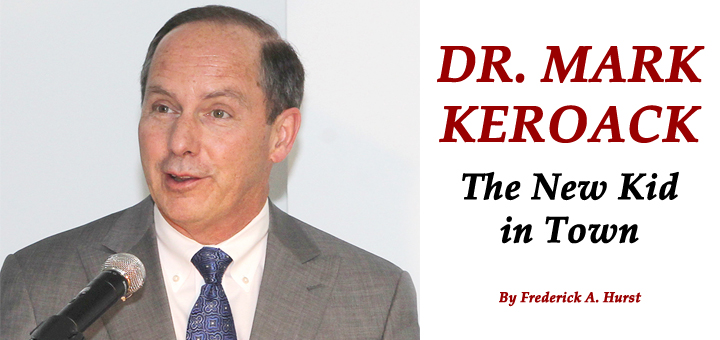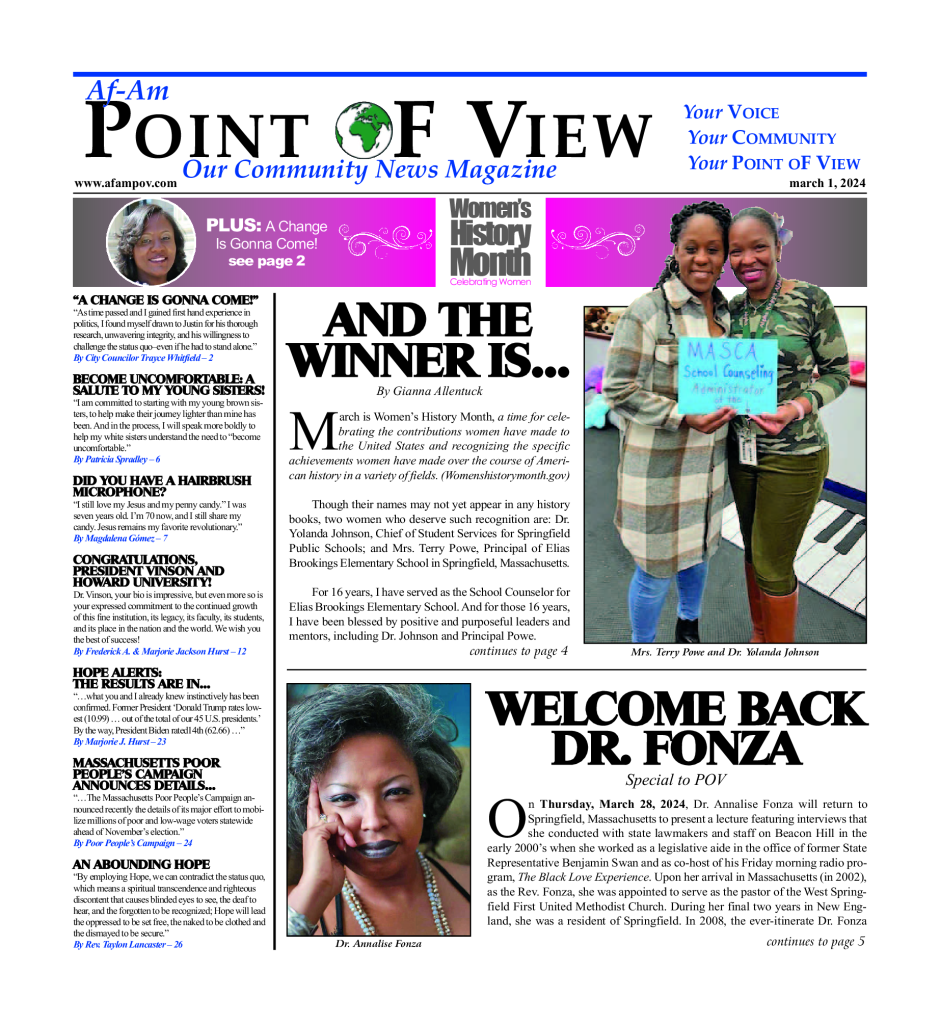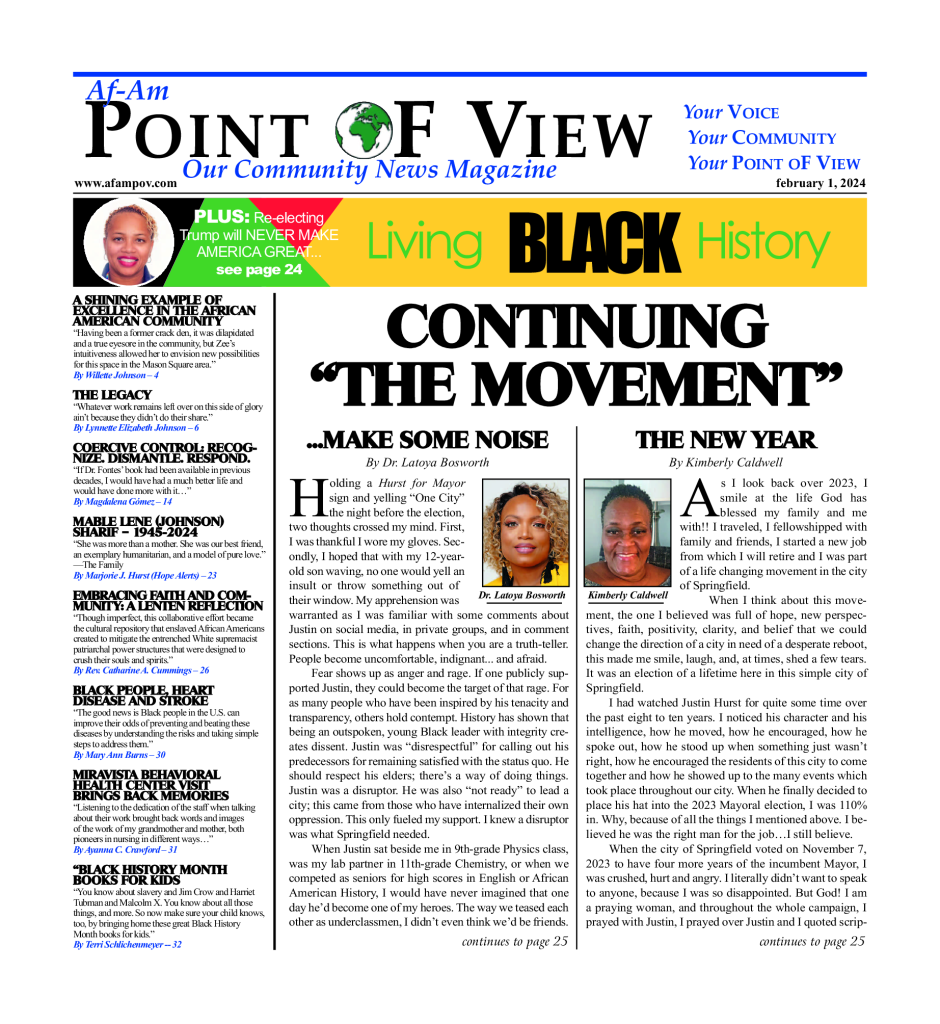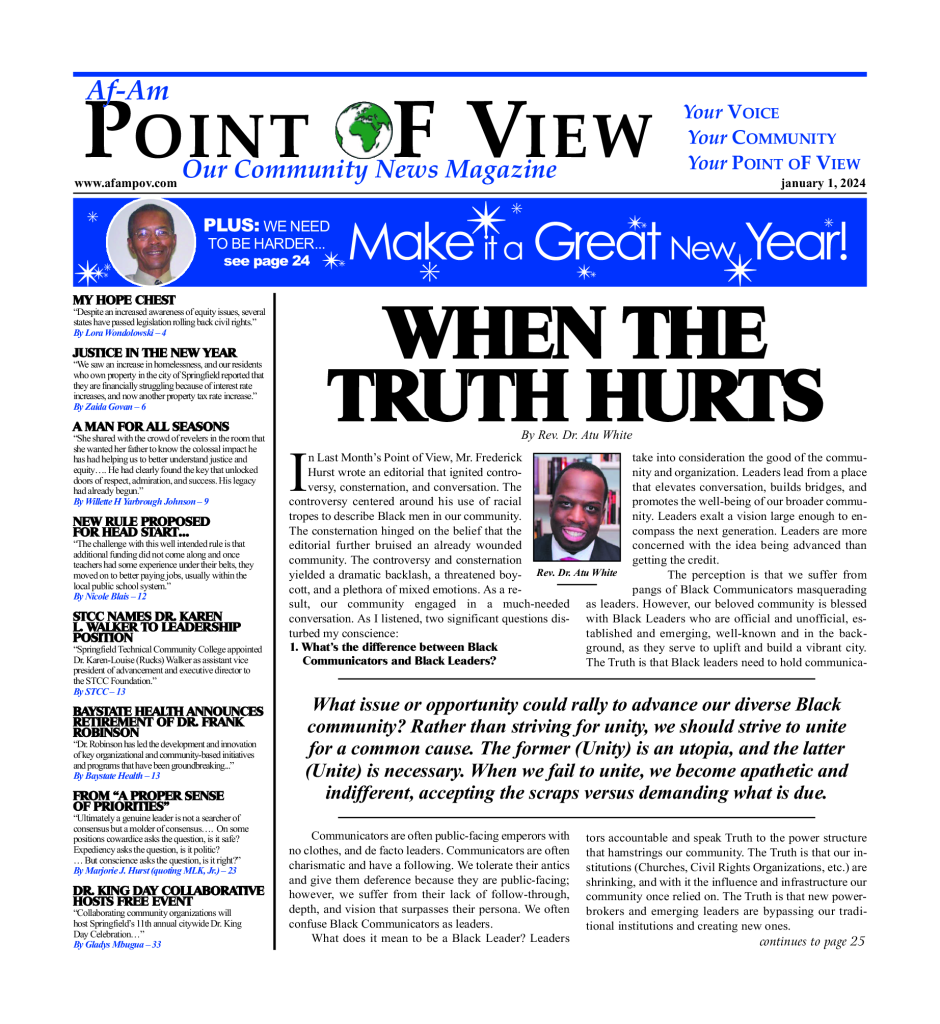—By Frederick A. Hurst—-


I first met Dr. Keroack at the retirement ceremony for Peter Straley, former President and Chief Executive Officer of Health New England, which is a for profit health insurance arm of Baystate Health. We were introduced to Dr. Keroack by Baystate Health’s Vice President for Marketing & Public Affairs, Suzanne Hendery. She took the time to give the editor and me a brief biography of Dr. Keroack including the fact that his equally accomplished wife, Dr. Ann Errichetti, is Chief Executive Officer of St. Peters Hospital in Albany, New York. I was impressed that he stopped that evening to talk and take a fun photograph with us that our photographer retrieved for this article.
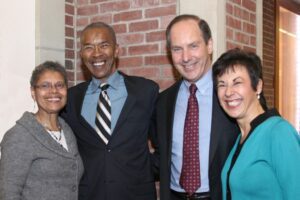

Dr. Keroack and his wife met while attending Harvard Medical School and married after graduating. They raised two girls, Simone who is 31 and a state social worker in Fitchburg and 29-year-old Elise who is a web developer in Burlington, Vermont. The two girls hold the distinction of having broken a two-generation chain of medical doctors in the Keroack family.
Dr. Keroack was born and raised in Springfield’s Sixteen Acres neighborhood. His father, Dr. Alvin Keroack, and mother, Mary Phaneuf Keroack, were high school sweethearts who married after World War II ended. His father attended Yale Medical School on the G.I. Bill and, in the 50s and 60s, ran a general practice out of their Sixteen Acres home while his mother trained at Springfield Hospital (Now Baystate Medical Center) to become a nurse. They had six kids, five boys and a girl.
Back in those days, being a general practitioner meant going to your patients rather than your patients coming to you, which meant Dr. Keroack’s father was on twenty-four hour call. His friends and neighbors made up his client base and Dr. Keroack recalls that many of his friends were delivered into the world by his father, who was seldom able to finish dinner at home with the family because of the calls for medical attention. He also served as the first chief of Springfield Hospital’s emergency room which makes it even that much more intriguing that his son, Mark, is now the President and Chief Executive Officer of the same hospital.
Theirs is truly an American success story. Mark’s grandfather arrived in America from Canada without a high school degree and unable to speak English. He taught himself English and the Morse code and became station master at the Palmer rail station, which Dr. Keroack said “made for good fun,” as he reminisced about the opportunities for the young grandkids to experience rides in the trains’ passenger sections and the engine car. But more important, his immigrant grandfather laid the foundation for his son to become a doctor and the foundation for Mark and his four brothers to follow suit and for Western Massachusetts’ premier hospital to gain the benefit of Dr. Keroack’s leadership.
As illustrated by Mark’s circumstances, none of the six Keroack kids can claim to have had a tough young life. He attended Our Lady of the Sacred Heart School, graduated to Duggan Jr. High and then went on to Wilbraham Academy from where he graduated in the first combined Wilbraham/Monson Academy class. He graduated from Amherst College in 1976 and from Harvard Medical School in 1980. He did his residency at Brigham and Women’s Hospital in Boston where he specialized in infectious diseases and internal medicine, which eventually led to his exposure to the inner city experience that he missed as a youngster.
Springfield’s Sixteen Acres, where Dr. Keroack was raised, was an all-White neighborhood where Black folks walked at their own peril. Redlining guaranteed the integrity of segregated Springfield neighborhoods and the predominantly White police force often saw it as a duty to stop and interrogate interlopers of another color. Consequently, Dr. Keroack had no significant exposure to Black folks. His parents, products of the times, were not particularly concerned about integration. And it was not until Dr. Keroack attended the integrated Duggan Jr. High School that he gained his first meaningful, though limited, exposure to Springfield’s isolated African American community. But the changing neighborhood demographics have long since mellowed his parents’ views. They have been embraced by their many new African-American neighbors and have reciprocated in kind. It gave me a warm feeling to know that my son and his wife purchased a home in that same neighborhood that I feared walking in years ago and could well be among Dr. Keroack’s parents’ new friends.
Dr. Keroack could have easily directed his career toward an elite clientele and affiliated with hospitals that had little contact with those less fortunate. But the HIV/AIDS epidemic had just emerged and its initial victims were homosexuals and African-Americans and few in the medical profession were prepared to cope with it. While serving for 12 years on the faculty of the University of Massachusetts (his teaching credentials, including at Harvard, are far more extensive), Dr. Keroack took his infectious disease practice to areas where it was most needed, first to Roxbury for three years and then to Worcester for another six years and back to Brockton/West Roxbury and later to the South Side of Chicago. He feels strongly that the exposure to those less fortunate has made him “a much more sensitive person.”
Which brings me back to Dr. Keroack’s resume. It is one of the most powerful, yet understated, professional resumes I’ve ever read. Every step of the way in his career along with his clinical practice, Dr. Keroack has assumed enormous executive leadership responsibilities that helped prepare him for his current position as President and CEO of Baystate Health where he started in 2011 as Chief Physician Executive and President of Baystate Medical Practices. He was promoted to Executive Vice President and Chief Operating Officer in 2013 and President and Chief Executive Officer of Baystate Medical Center in 2014 and in the next year he was hired to replace the retiring lawyer, Mark Tolosky, as President and Chief Executive Officer of Baystate Health Systems. Many people get confused about the structure of the nonprofit Baystate Health Systems (Baystate Health) and often interchange it with Baystate Medical Center (Baystate Medical). It is a distinction that is important especially when one hears that Baystate Medical made a $96 million net profit last year and makes the mistake of concluding that Baystate Health made the profit. Baystate Health has to spread any profit over its entire operation and in this last year actually made no profit because it plowed the money back into its multiple operations and it is also struggling to absorb state Medicaid and Medicare payment cuts.
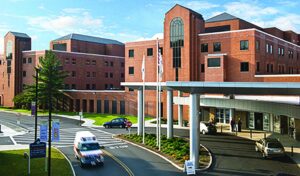

Baystate Health is the nonprofit parent that includes Baystate Medical, Baystate Franklin Medical Center, Baystate Mary Lane Hospital, Baystate Wing Hospital and, most recently, Baystate Noble Hospital. The combined system has over 80 medical practices, 25 reference laboratories and 12,000 employees including 1600 physicians. It is also the parent company of Health New England and Baystate Visiting Nurses Association and Hospice. It is a highly regarded hospital that has been nationally recognized repeatedly as one of the top medical systems in the country.
But what Dr. Keroack has learned during his short time at the helm is that it is not only a complex system, the complexity is complicated by the fact that 68% of Baystate Health’s hospitals’ patient care is financed through Medicaid or Medicare payments from the state, which normally would have covered only 78% of the cost per patient. That 78% included a premium that the state allocates to providers like Baystate who are called “disproportionate share hospitals” because they are losing more money by absorbing the difference between what Medicaid pays and the full cost of the services they provide.
And, to complicate matters, half way through the past budget year, our former governor discovered a state budget hole of $329 million and made an executive decision to cut $34 million dollars from the special Medicaid payments to “disproportionate share hospitals,” which meant that in the middle of its budget year, Baystate Health was instantly out $5 million that had already been budgeted and substantially spent. In other words, Baystate was one among the medical facilities that catered to the poorest among us and was forced to fill a state budget gap that was not of their making. The $5 million was inserted into the current Senate budget but was excluded from the final budget. The legislature will be revisiting the matter in January and all who have benefited from the largesse of Baystate Health – and there are many – should contact their legislators because if the funds are not forthcoming, major cutbacks will result and we will all be feeling the pain.
This situation has brought out the latent political side in Dr. Keroack, who is now also questioning the whole formula for allocating Medicaid and Medicare funds across the state. Larger hospitals in the Boston area have a combined negotiating power that they leverage to get commercial insurers to pay a lot more for the same quality of care that Baystate Health offers for much less. And the Boston hospitals get the same percentage from Medicare and Medicaid as hospitals in the western part of the state which means their actual Medicaid/Medicare dollar amounts from government payments are much higher, which is another reason why Dr. Keroack has stepped up his political presence to convince the legislature and the governor to rework the formula.
And Baystate Health is almost arbitrarily excluded from some funds it should get (i.e. from the Delivery System Transformation Initiatives Trust Fund) partly because folks in government don’t fully grasp the distinction between Baystate Medical and Baystate Health, which is why I understand why Dr. Keroack was at the Sheriff’s picnic last year where it is common to see top politicians but rare to see top businessmen. As the new kid on the block, he is determined to make some noise to bring attention to a confused funds allocation system that is imbalanced in favor of larger hospitals in the East.
It’s good to have Dr. Keroack back in town. He has continued the incredible progress started by his predecessors, Mark Tolosky and Mike Daley. He has built out the remainder of the incredible “Hospital of the Future,” presided over the acquisition of Noble Hospital and the build-out of its new surgical center while establishing a close relationship with UMass Medical Center which will benefit the hospital as well as local talent and much more, all while upping Baystate Health’s political presence. And, while maintaining Baystate Health’s commitment to excellence, he has also continued its commitment to diversity.
The only concern I have is that he won’t be playing much golf at Veterans Golf Course which he frequented as a member of the Duggan Jr. High golf team. And he gave up the piano which his musician grandmother taught him to play. And he used to sing but gave that up, too. I know he’s busier than most. But there is no better place to cajole politicians than on the golf course, especially at the 19th hole, or at the local bar over a drink and a song especially if he’s playing the piano as the politicians crowd around him and croon with delight as he interjects tales of his childhood adventures in Springfield.
But Dr. Keroack is a very, very busy man. And I’m sure he has to carefully choose how he allocates his time, which is why I was so pleased that he took some of that time to visit my office where we had a good old fashioned discussion that led us back in time to some common points in our pasts in Springfield, Boston and Chicago.
As we interacted, I was reminded that there is nothing that reveals the character of a man and the scope of his power more than his humility, something that will appeal to his staff, the community and even to politicians who are conditioned to respond to the “squeaky wheel.” ■

